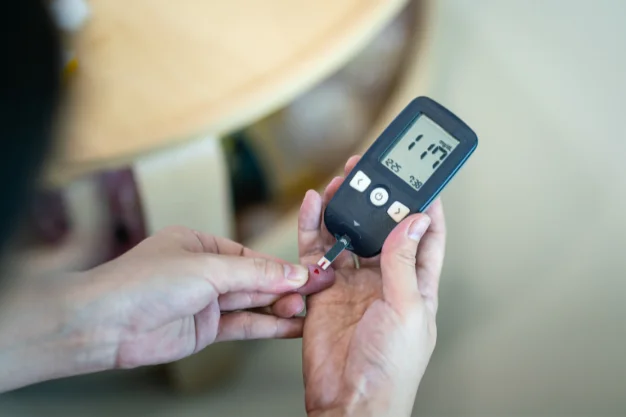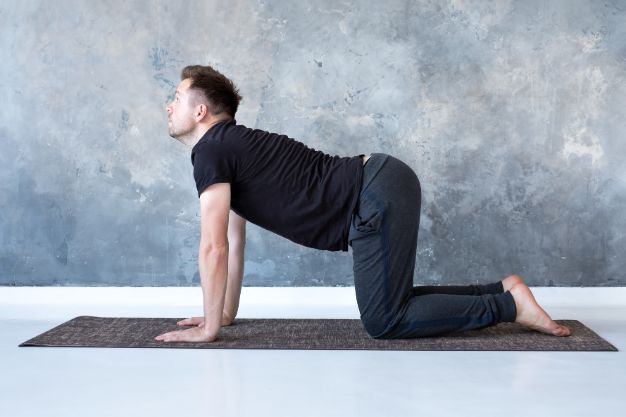Comparing Padmasana and Vajrasana: Two Essential Yoga Asanas
Padmasana vs Vajrasana: Key Yoga Asanas Compared
Yoga is the culture of living incorporated with control of mind and body. A practice that offers numerous physical, mental, and emotional benefits.
Many asanas have been understood to rejuvenate the body’s characteristics completely. Padmasana (Lotus Pose) and Vajrasana (Thunderbolt Pose) stand out for their advantages and areas of unique applications. We will explore and decipher deep insights into what makes these postures unique.
What is Padmasana?
Sit cross-legged for Padmasana, or Lotus Pose. Lift each foot onto the opposite thigh. This ancient position, tricky for beginners, anchors many yoga and meditation routines. With practice, it becomes more comfortable and opens the hips. This classic pose forms the basis for many meditation practices and advanced yoga techniques. It is remarkable for its ability to promote mental clarity and focus.
Key Features of Padmasana:
- Leg Position: The crossed legs resemble a blooming lotus flower.
- Spinal Alignment: keeping your spine straight, this pose improves your posture.
- Breath Control: It improves your lung capacity, calms your mind, and find your inner peace.
What is Vajrasana?
Also known as the Thunderbolt Pose or Diamond Pose is popular as it can be practised immediately after meals. The pose’s composition starts with kneeling on the ground with the buttocks resting on the heels. The prominent benefit is that it aids digestion.
Key Features of Vajrasana:
- Kneeling Position: The knees are brought together with feet flat on the floor.
- Back Straight: The spine remains upright, promoting proper alignment.
- Breath Control: Vajrasana also encourages deep breathing, which can help calm the mind.
Key Differences Between Padmasana and Vajrasana
| Feature | Padmasana (Lotus Pose) | Vajrasana (Thunderbolt Pose) |
| Leg Position | Legs are crossed with feet on opposite thighs | Kneeling with buttocks resting on heels |
| Primary Use | Primarily for meditation and pranayama | Suitable for digestion and relaxation |
| Difficulty Level | More challenging; requires flexibility | Easier to perform; accessible for all levels |
| Posture Duration | Typically held for longer periods during meditation | Can be held for shorter durations or after meals |
Benefits of Padmasana
- Meditation: It draws your mind into a state of deep focus and tranquility for meditation.
- Flexibility: The gentle stretch it gives makes you more flexible.
- Posture Perfectionist: Gives the spine confidence helping you stand tall and proud.
- Stress Buster: Rubs away worries and promotes a sense of calm.
- Stimulates Energy Flow: The energy flow heightens by opening up the hips and aligning the spine.
Benefits of Vajrasana
- Gut health booster: The blood flow to digestive organs alleviates issues of bloating, gas, and constipation.
- Backache reducer: It stretches back muscles promoting spinal alignment.
- Calms the Mind: Wraps you in a sense of calm and peace.
- Strengthens Pelvic Muscles: The workout proves beneficial for both men and women.
- Blood Flow: Controls varicose veins by blood movement to the lower abdomen and legs.
Famous Variations of Padmasana
- Ardha Padmasana or Half Lotus: It eases newcomers into the full pose. Here, you’ll place one foot on the opposite thigh, leaving the other on the floor. It’s a stepping stone to mastering the complete Lotus, helping stretch your hips and legs gradually.
- Padmasana Paschimottanasana: Adding a twist practitioners bend forward while in Padmasana to deepen the stretch in the back.
Famous Variations of Vajrasana
- Vajrasana Paschimottanasana: Practitioners lean forward while maintaining Vajrasana to enhance flexibility in the back.
- Vajrasana Urdhva Hastasana: Practitioners raise their arms overhead while seated in Vajrasana to engage the upper body.
Padmasana and Vajrasana each offer distinct advantages for different aspects of wellness. Padmasana excels in promoting meditation and increasing flexibility, while Vajrasana is particularly beneficial for digestion and post-meal or post-exercise relaxation. Though these poses may appear straightforward, achieving their full potential requires proper technique and practice.
Guidance from an experienced instructor can provide crucial insights into correct posture, breathing methods, and personalized adjustments. For those seeking to deepen their yoga practice, consider reaching out to Prema Nagesh at Vyaniti Yoga. With her extensive background and skilled teaching team, they can help you fully harness these poses to improve your overall health and well-being. Visit www.vyanitiyoga.com to learn more and begin your journey today.








